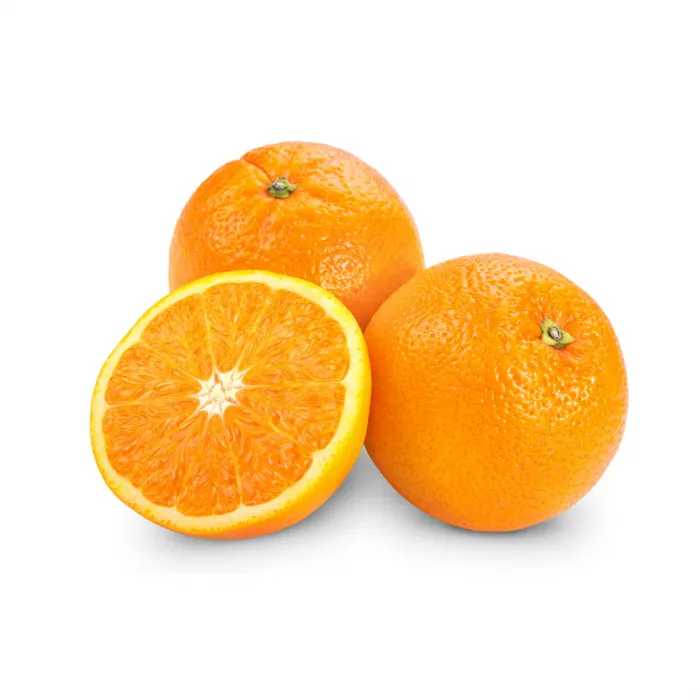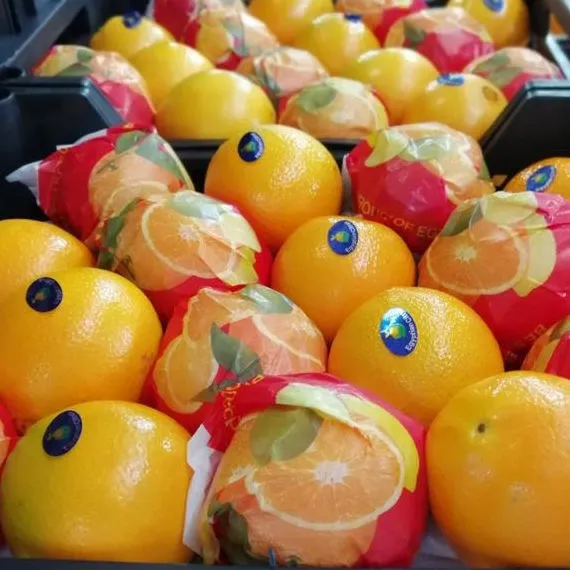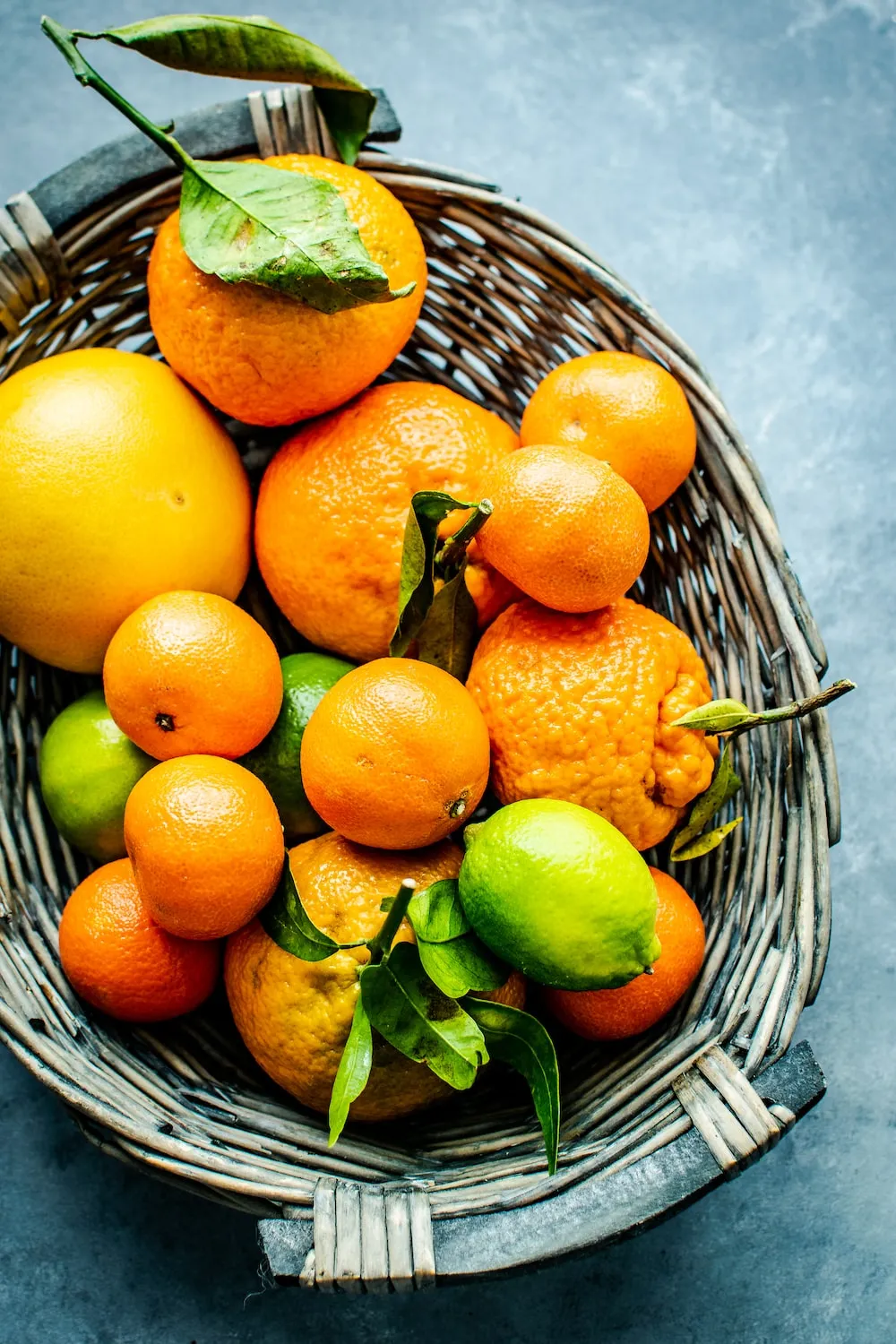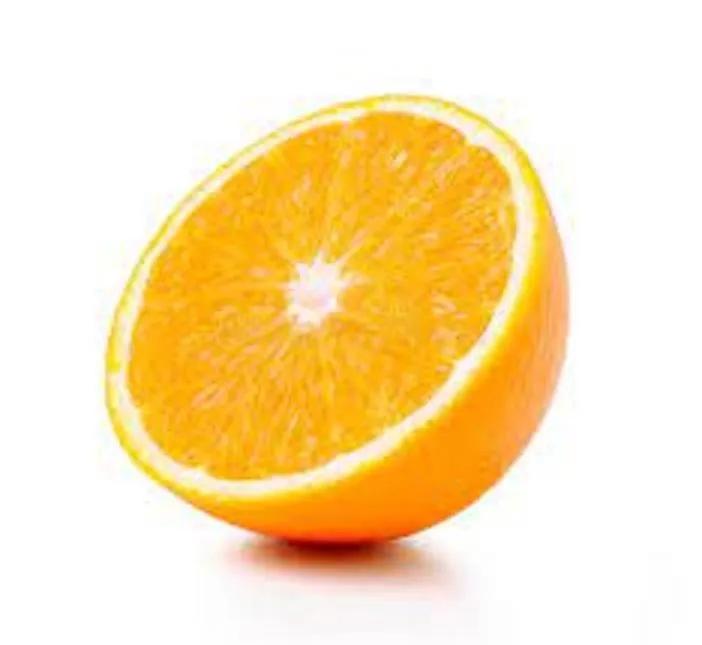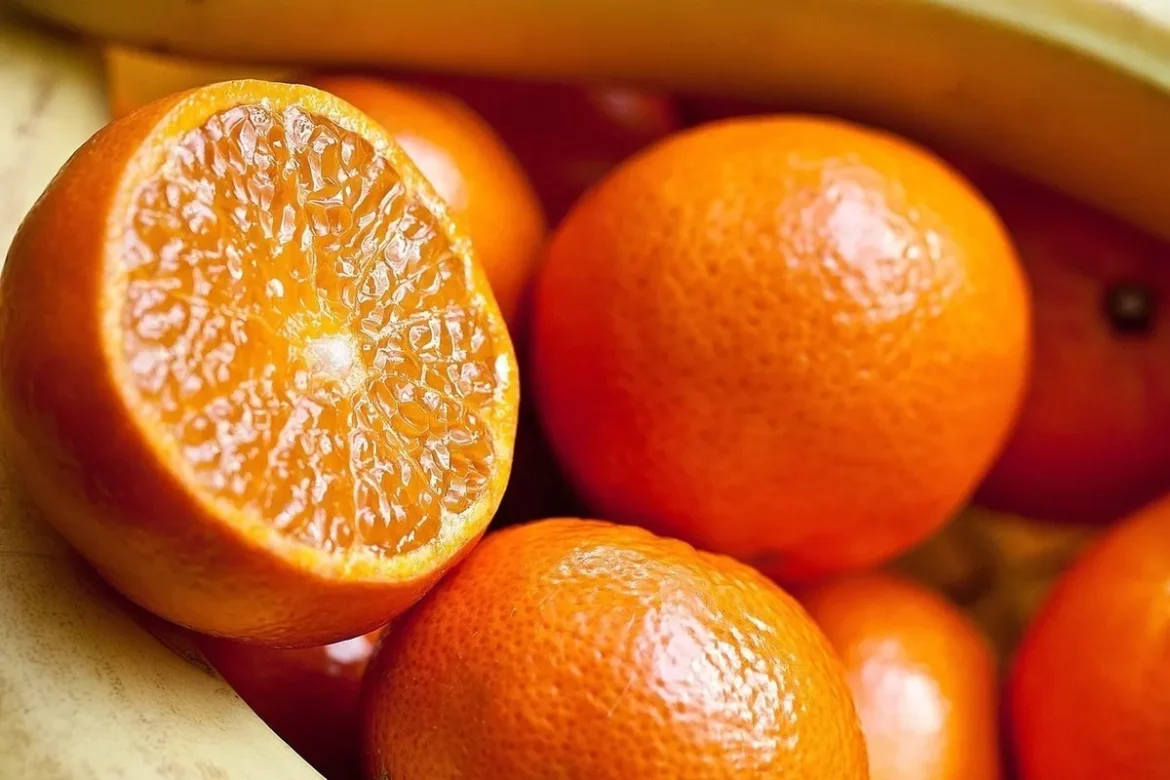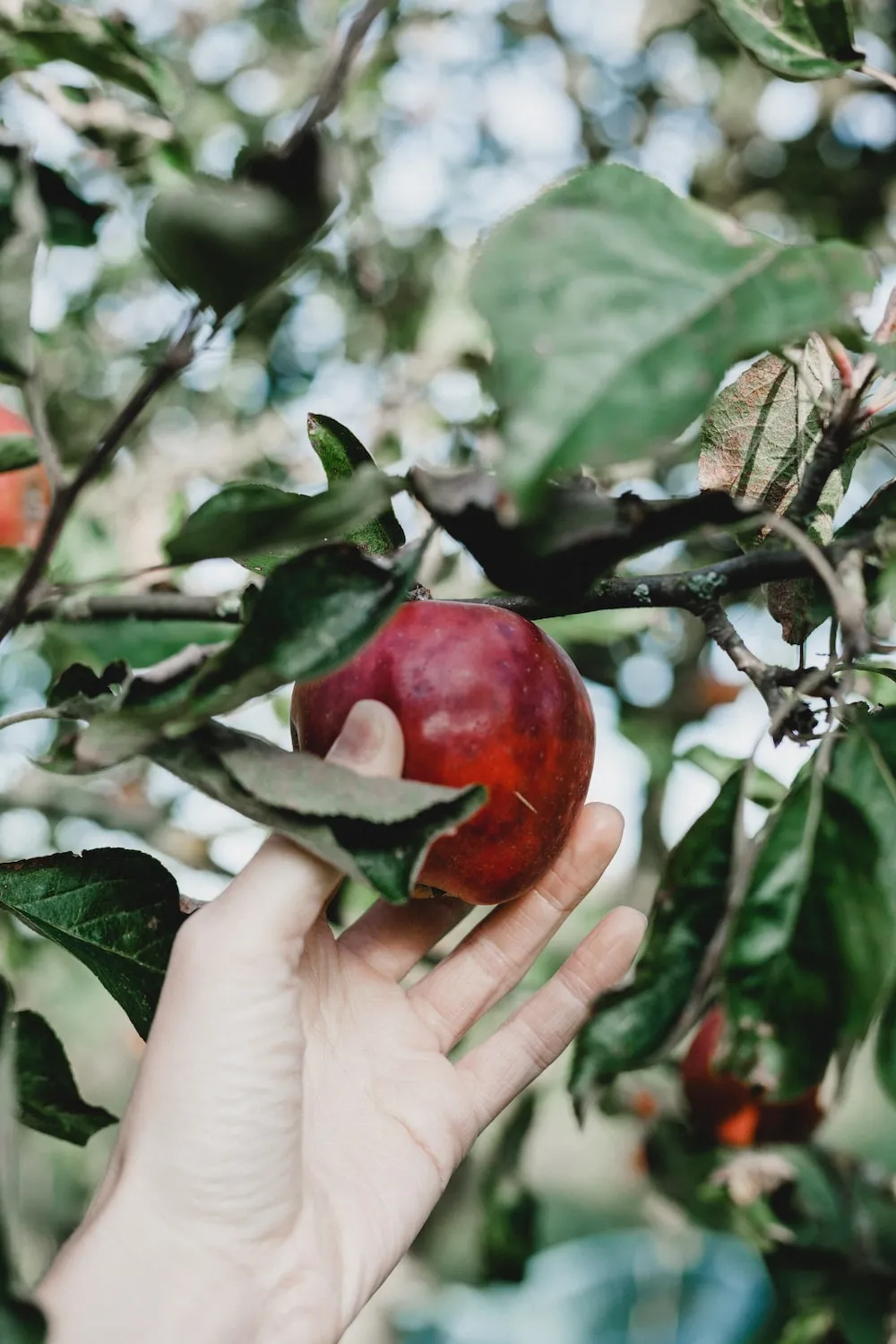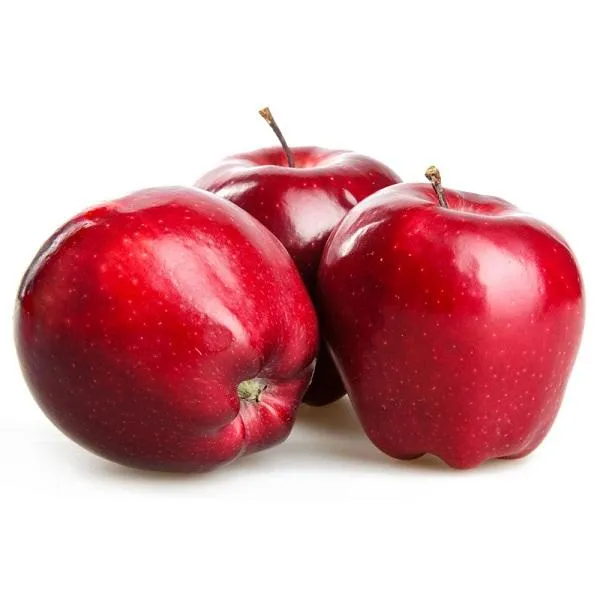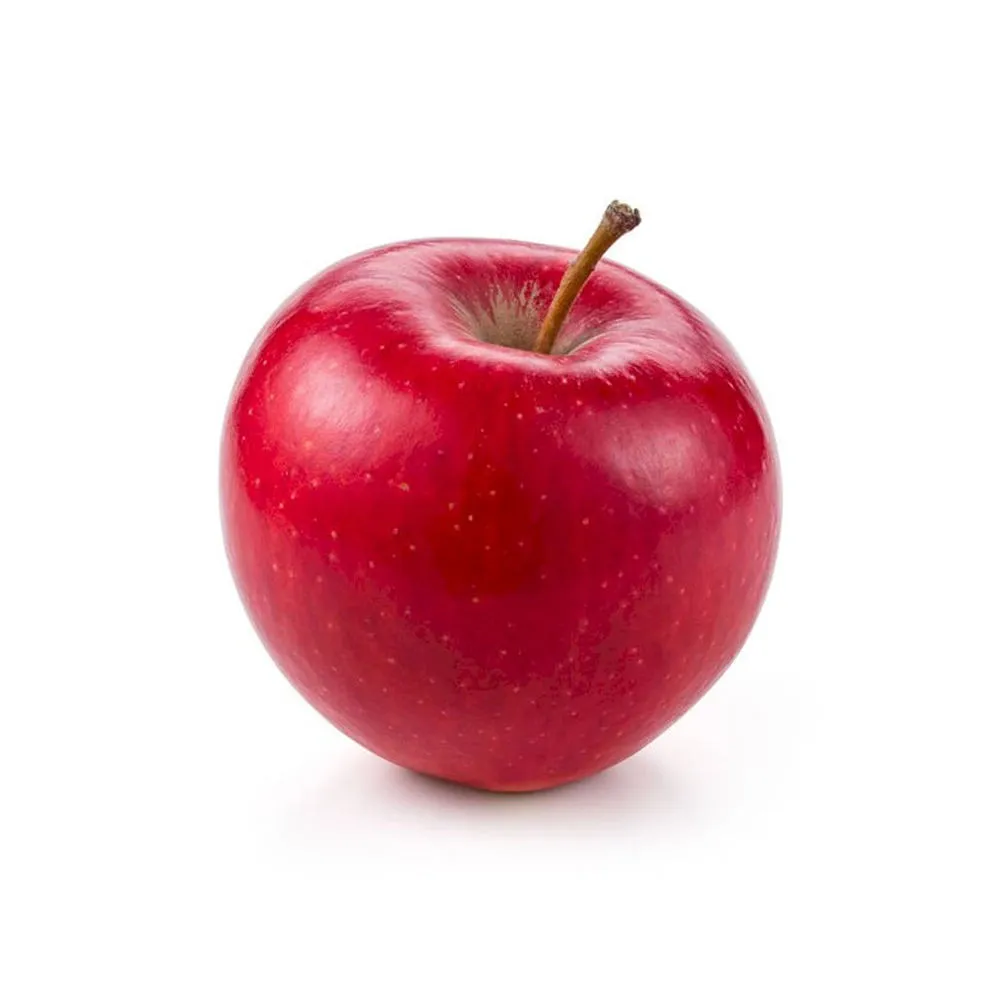Kiwi Fruit Vitamin C E
Kiwi is known as a great source of vitamin C and E
To stay healthy, strong, and active, everyone, young and old, requires adequate nourishment
Eating a diversified diet rich in fruits and vegetables is a delightful way to guarantee that your body receives all of the vitamins and minerals it requires without having to use additional energy
What better way to receive these critical nutrients than through fruits, particularly kiwi! Green and Sungold Kiwi are both high in over 20 vital vitamins and minerals
This is far greater than the levels found in almost all common fruits, such as apples and bananas
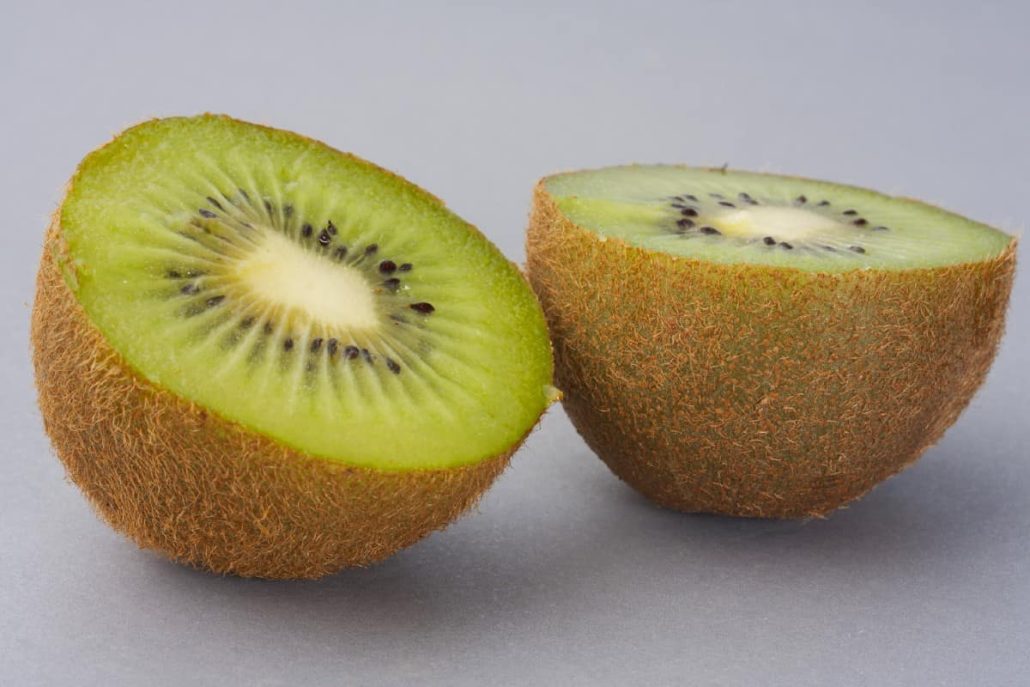
Kiwi
In fact, when compared to other fruits, kiwi is at the top of the nutritional value list
This is one of the most nutrient-dense fruits available, and it’s a healthy and delicious method to boost your energy levels
Oranges are usually the first thing that comes to mind when people think of vitamin C
However, if you assume oranges have the largest concentration of life-enhancing antioxidants, you are wrong! The vitamin C concentration of kiwi determines its nutritious richness; SunGold kiwi has three times the vitamin C content of oranges! Vitamin C is a potent antioxidant that boosts immunity, aids collagen production, and fights infection and inflammation
Vitamin C supplementation aids in the body’s defense against infections
One kiwi each day is enough to keep your vitamin C levels in check
However, obtaining adequate vitamin C is not only about having more energy
It is also beneficial to your skin
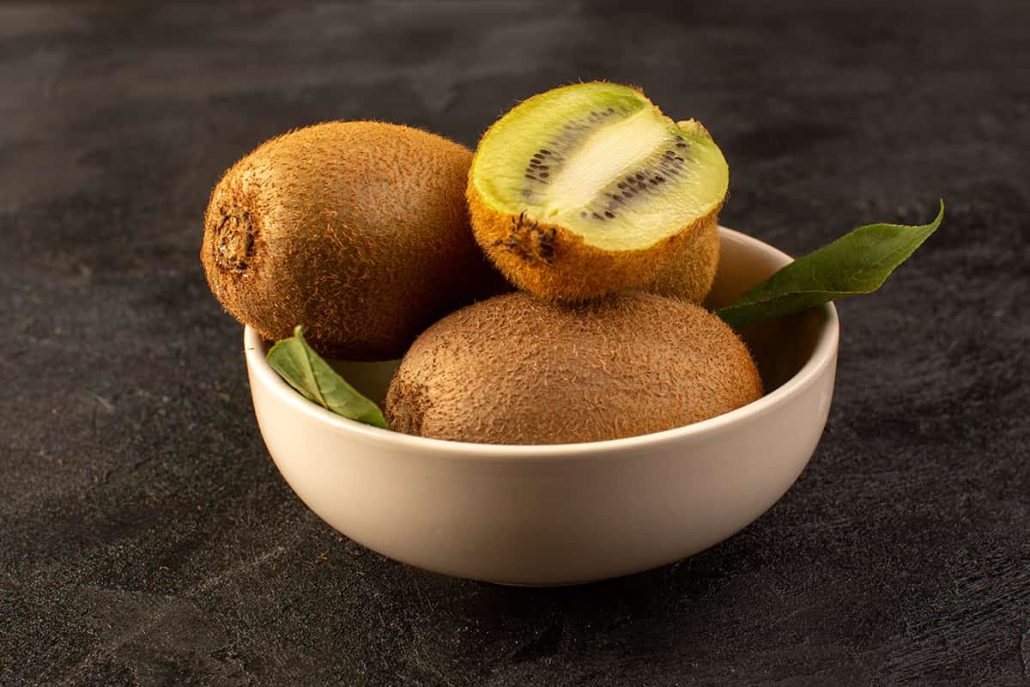
Kiwi yellow calories
Vitamin C aids in the production of collagen, a vital protein found in the skin
Obesity, skin flexibility, and elasticity are all benefits
Because your body does not generate vitamin C, you must consume it through a well-balanced diet
Other potent antioxidants can be found in kiwi
Antioxidants are essential for keeping our bodies healthy, clean, and active
Vitamin C is an antioxidant that aids our bodies in this process
One of the antioxidants found in kiwi is this
Kiwi has it all – and then some! – From vitamins C and E to folic acid
Antioxidants like vitamin E help to neutralize free radicals and decrease oxidative damage
Vitamins C and E, as well as the micronutrient polyphenols, are abundant in kiwifruit
In comparison to other fruits, SunGold Kiwi has a higher vitamin E content and delivers six times the amount of vitamin E as apples and oranges
Vitamin E has the ability to protect the skin from UV damage and is one of its antioxidant capabilities
Leafy greens and kiwi are easy to incorporate into your diet to increase your vitamin E consumption
Kiwifruit vitamin C
Are you ready to take a short quiz about kiwifruit vitamin c? Question 1: Do you think orange or kiwifruit has more vitamin C per 100 grimes? Answer: It’s a kiwi, despite what you would think! Did you know that? So, let’s give it our all
Question 2: In comparison to oranges, how much vitamin C does SunGold Kiwi have?
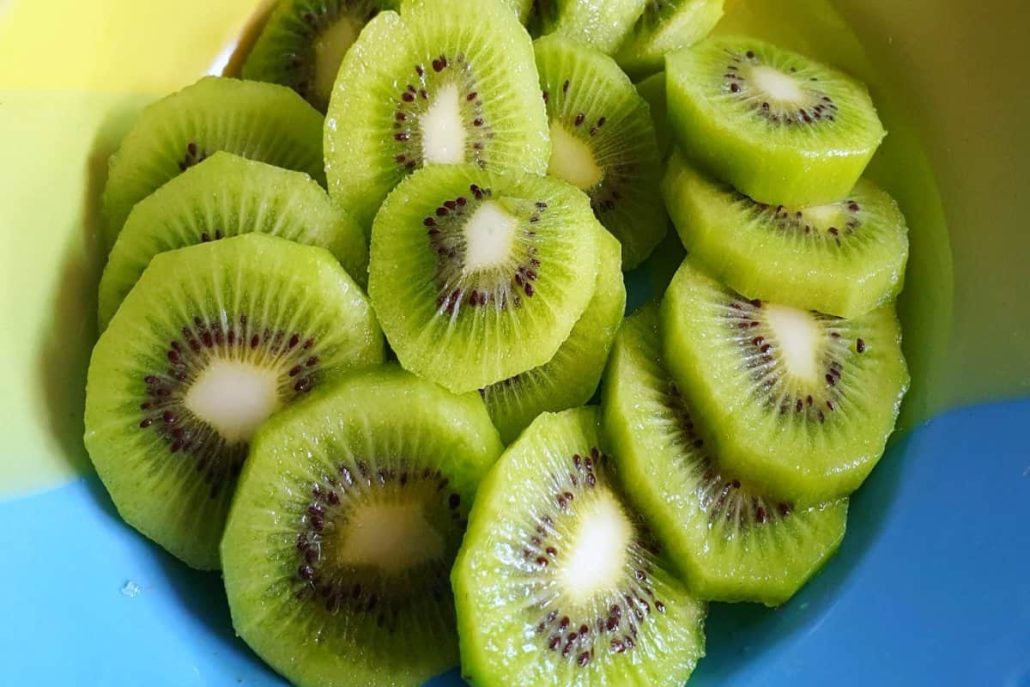
kiwi plant for sale
Prepare yourself for a new surprise: The vitamin C content of SunGold Kiwi is more than three times that of oranges per 100 grams! Kiwi is a Vitamin C 1 Champion, the reality is plain: SunGold Kiwi is the clear winner of the vitamin C competition, with 161
3 mg of vitamin C per 100 g
But do not forget about fresh and trustworthy green kiwi! They also have a higher vitamin C content than oranges, with 85
1 mg per 100 g
This indicates that eating just one kiwi per day can help you meet your vitamin C requirements, as the recommended daily consumption in Europe is 80 mg
Why is vitamin C beneficial to our health? Vitamin C is a powerful antioxidant
It can help raise energy levels and battle weariness and sleepiness as a natural antioxidant
Additionally, taking vitamin C tablets on a daily basis can be beneficial to your skin
This is because kiwi’s vitamin C aids in the natural creation of collagen, a protein that helps our skin tighten and stretch
Antioxidants, such as vitamin C, also serve to protect the body’s cells from free radical damage
Restore your vitamin C levels right away
Vitamin C is a nutrient that your body cannot create or store, thus it must be obtained from your daily diet
A tasty fruit smoothie is one of the best ways to nourish your body
Vitamin C Energizing Detox SunGold kiwi Smoothie is prepared with a delightful kiwi mix – we give it a perfect score for flavor! Oranges are usually the first fruit that springs to mind when thinking of vitamin C-rich fruits
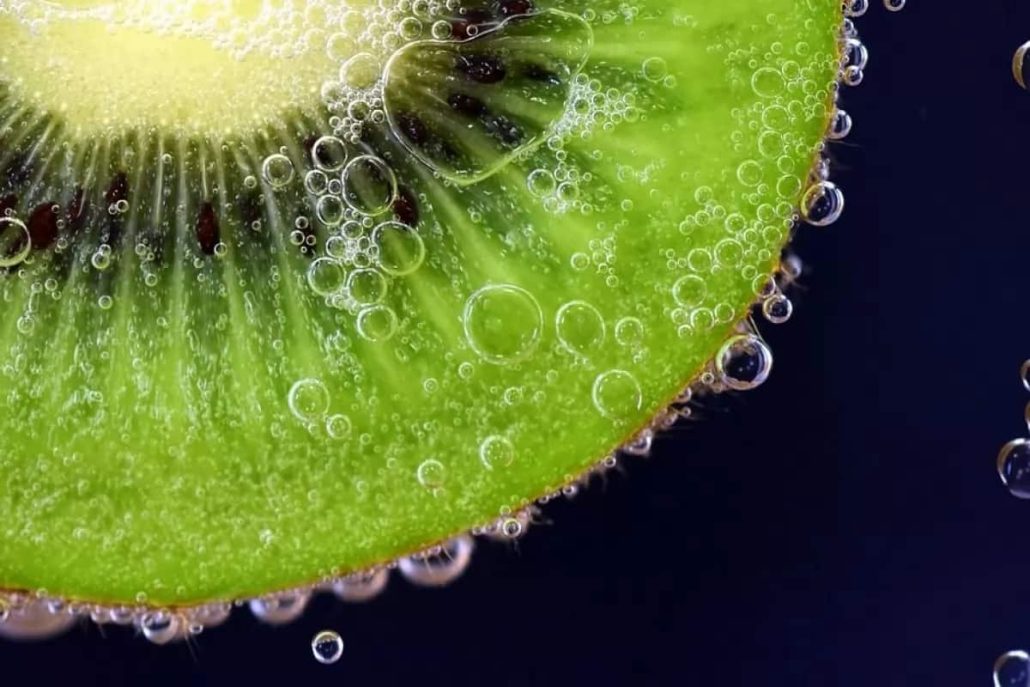
You know that kiwifruit provides more vitamin C per serving than oranges, this tiny fruit is nutrient-dense! Kiwi is one of the most nutritious fruits on the market, and our Green kiwi is at the top of the list
Kiwi is high in vitamin C, fibre, antioxidants, vitamins, and minerals
Let’s take a look at nutritional density, which is the ratio of nutrients in fruits to the number of calories it contains
SunGold Kiwi has a vitamin and mineral content of more than 20 and a score of 22
5, which is six times that of an apple! The SunGold kiwi is strong in fiber, folate, and potassium, but it’s the high vitamin C concentration that makes it the star of this show
The vitamin C content of SunGold Kiwi is 161
3 mg per 100 g, which means that two servings of vitamin C are more than double the daily recommended amount
Vitamin C is recognized for producing energy and strengthening the immune system, as well as providing the nutrients that the skin requires to look its best and boost iron absorption
One of the many reasons why kiwi may be a nutritious and delicious part of a healthy diet is because it contains this crucial nutrient
Are you ready to incorporate kiwi into your everyday diet? Check out some of these recipes in the internet for simple ways to boost your vitamin C intake
Kiwifruit vitamins
Kiwifruit is the common name for a huge berry that grows on a wooden Actinide vine and contains many Vitamins
The kiwifruit is most recognized for being grown in New Zealand, but it actually originated in East China
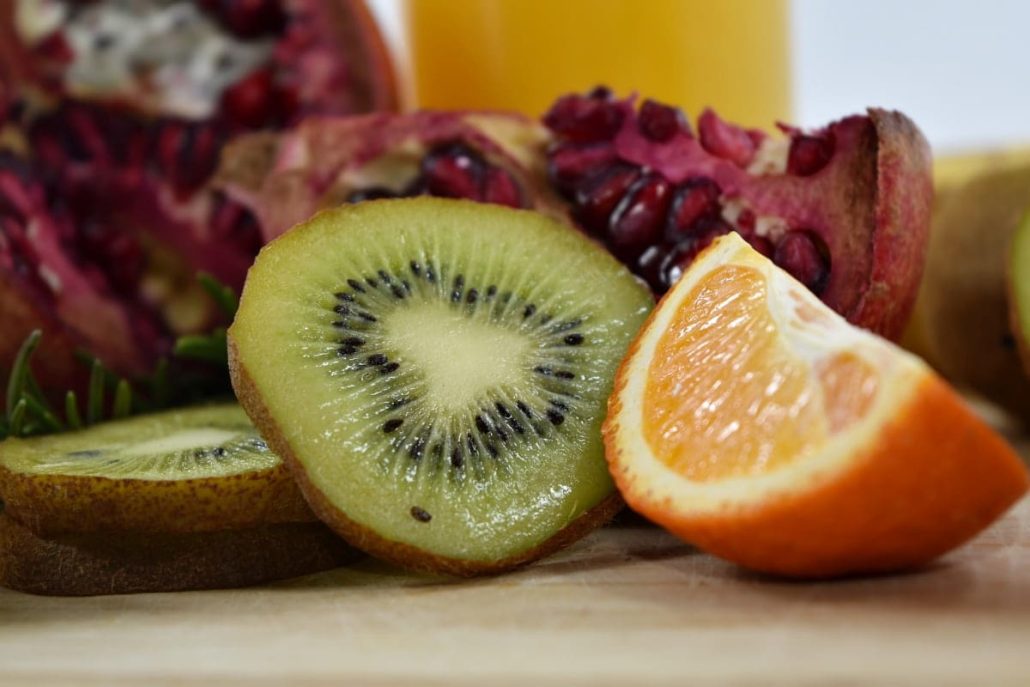
Kiwis are oval in shape and around the size of a large egg
It has a light-coloured covering on its skin that is camel-coloured fibrous and coated in a light-coloured coating
The kiwi skin is edible and completely sour, despite its fuzzy coating
The light green flesh of the kiwi fruit has a peculiar but pleasant texture, with rows of prominent black seeds that are also edible
Kiwis have a sweet, tangy, and strong flavour that makes them a favourite breakfast or lunch addition
Kiwi is high in vitamin C and fiber, and it provides a number of health benefits
This sour fruit may help with heart, digestive, and immune health
The kiwifruit is a nutritious fruit high in vitamins and antioxidants
Its sour flavor, pleasing texture, and low-calorie count make it a tasty and healthful snack, side dish, or dessert
Advantages to your health: Vitamins, gold fiber, and antioxidants can all help you stay healthy
Meat is high in vitamins, which help to improve the immune system and minimize disease risk
The soluble dietary fiber in kiwi fruit aids in natural and healthy digestion
Other health benefits of kiwi include: Immunity: Vitamin C is abundant in kiwifruit, which boosts the immune system
In fact, kiwifruit has roughly 230 percent of the daily necessary vitamin C consumption
This vibrant fruit is packed with immune-boosting minerals in every bite
Antioxidants abound in kiwifruit
Antioxidants aid in the elimination of free radicals and the reduction of oxidative stress in the body
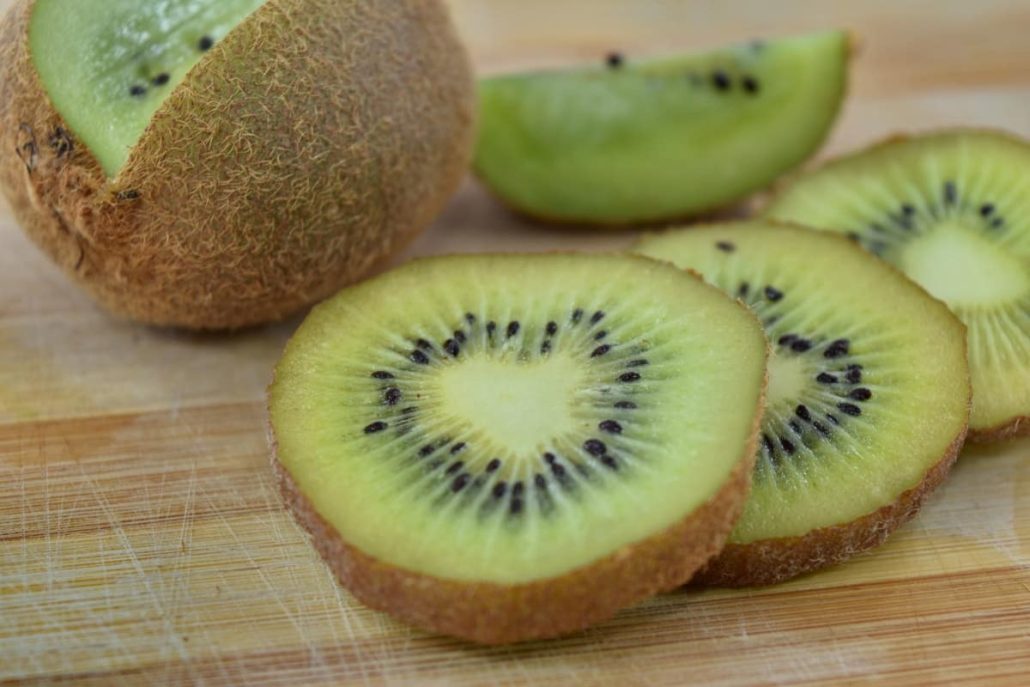
Finally, it protects the body from sickness and inflammation
The health of the heart: The kiwi fruit has a blood pressure-lowering effect
Kiwifruit may lower the risk of stroke and heart disease by helping to maintain healthy blood pressure and providing vitamin C
Furthermore, kiwifruit is abundant in dietary fiber
By lowering LDL, or bad cholesterol, fiber may help to minimize heart disease risk factors
Excess cholesterol can cause artery hardening, which can lead to heart artery hardening
The health of the gastrointestinal tract: The skin and pulp of kiwi fruit are firm and high in dietary fiber
Fiber can aid in the alleviation of constipation and other gastrointestinal issues
Asthma therapy: In certain asthmatics, kiwi’s high vitamin C content has been linked to a reduction in wheezing symptoms
This is especially true for children, who appear to benefit from kiwifruit the most
Eye health is important: High levels of antioxidant vitamins and carotenoids in kiwifruit may help prevent eye illness and support overall eye health when ingested with other vitamin and mineral-rich fruits and vegetables
Nutrition: Vitamin C is abundant in kiwi fruit
Dietary fiber Carotenoids Antioxidants A 140-gram serving of kiwifruit provides the following nutrients: 90 calories 1 gram protein, 1 gram fat 21 g carbohydrate 5 grams of fiber 15 grams of sugar Size of the service: Although kiwi is a tasty and healthful snack, it nevertheless includes natural sugars, as do many fruits
As a result, kiwi should be consumed in moderation
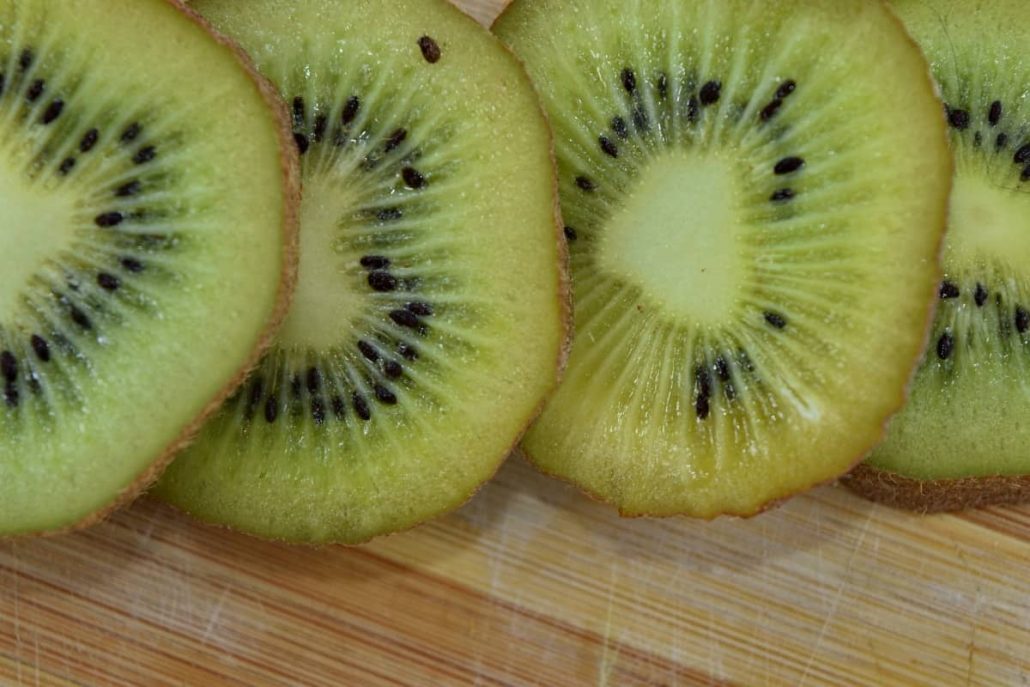
To maintain a balanced diet, kiwi fruit should be limited to 140 grams or fewer
Things to keep an eye on: besides the kiwi fruit is delicious, many people are allergic to it
Symptoms can range in severity from very minor to extremely severe
Itching or pain of the tongue, lips, or mouth after eating kiwi are common mild symptoms
The sense of urgency is palpable, if you detect any of the following severe symptoms, go to the emergency room: Breathing problems or other asthma symptoms Stomach discomfort, swelling of the throat, lips, or mouth Vertigo How to cook kiwifruit: Due to its distinct tart flavor kiwi adds a punch to any pairing
Kiwi is best eaten uncooked to preserve its distinctive flavor and vitamin C content
Although kiwi can be taken as a supplement, most people prefer to consume it raw
Here are some kiwi recipes: To make a wonderful complement to your breakfast, slice fresh kiwi at room temperature
Combine the kiwi and strawberry kiwi smoothie in a blender
Serve sliced kiwi with kiwi and banana in a fruit salad
For a light and refreshing dessert, serve with Greek yogurt
Kiwifruit vitamin E
Vitamin E is necessary for eyesight, reproduction, as well as the health of the blood, brain, and skin
It is perfectly reachable in kiwifruit
Vitamin E has antioxidant capabilities as well
Antioxidants are molecules that protect your cells from free radicals, which are formed when your body digests food or is exposed to tobacco smoke or radiation
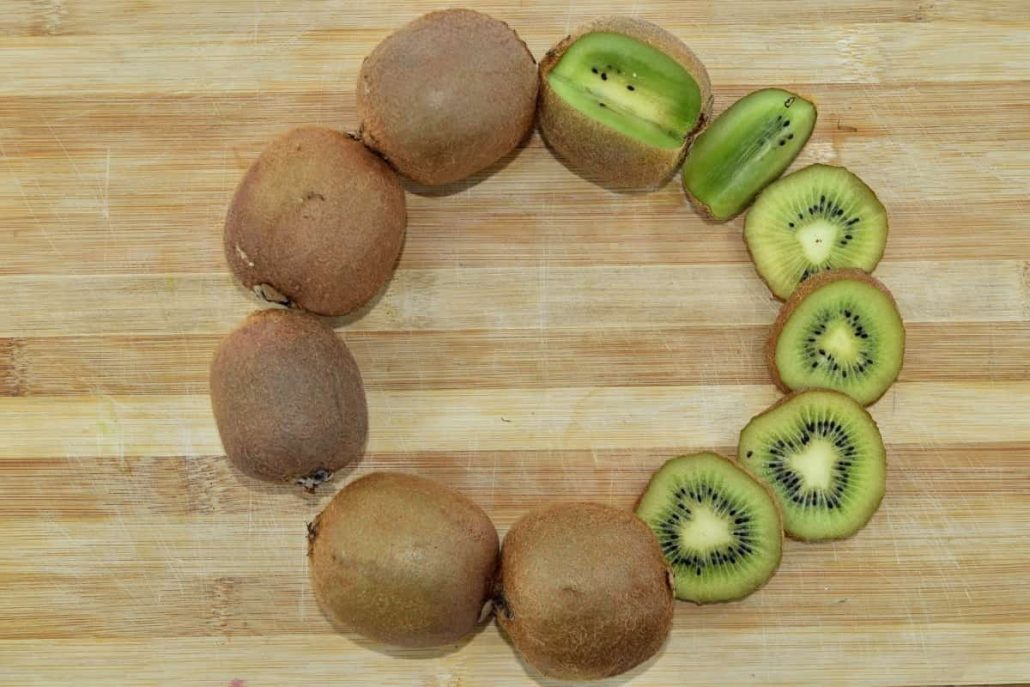
Heart disease, cancer, and other disorders may be caused by free radicals
If you take vitamin E for its antioxidant effects, keep in mind that it may not provide the same benefits as antioxidants found naturally in food
Canola oil, olive oil, margarine, almonds, and peanuts are all high in vitamin E
Meat, dairy products, green leafy vegetables, and fortified cereals are all good sources of vitamin E
Also available in capsules or drops as an oral supplement
Neuralgia can be caused by a lack of vitamin E
For adults, a daily dose of 15 mg of vitamin E is suggested
Evidence, Vitamin E has been shown to help with a variety of ailments, according to research: Alzheimer’s disease is a type of dementia
High dosages of vitamin E may slow the course of Alzheimer’s disease in patients with mild to moderate Alzheimer’s disease, according to some research
This benefit has not been demonstrated in other research
Vitamin E supplementation appears to have little effect on patients with Alzheimer’s disease who have mild cognitive impairment
The illness of the liver: Vitamin E has been shown in studies to help with the symptoms of non-alcoholic fatty liver disease
However, some research suggests that two years of oral vitamin E supplementation for this purpose is linked to insulin resistance
Vitamin E intake has not been demonstrated to prevent preeclampsia, a pregnancy disease that increases blood pressure
Prostate cancer is a disease that affects men
Vitamin E and selenium supplementation have not been demonstrated to protect prostate cancer in studies
Vitamin E supplementation has also been linked to an increased risk of prostate cancer
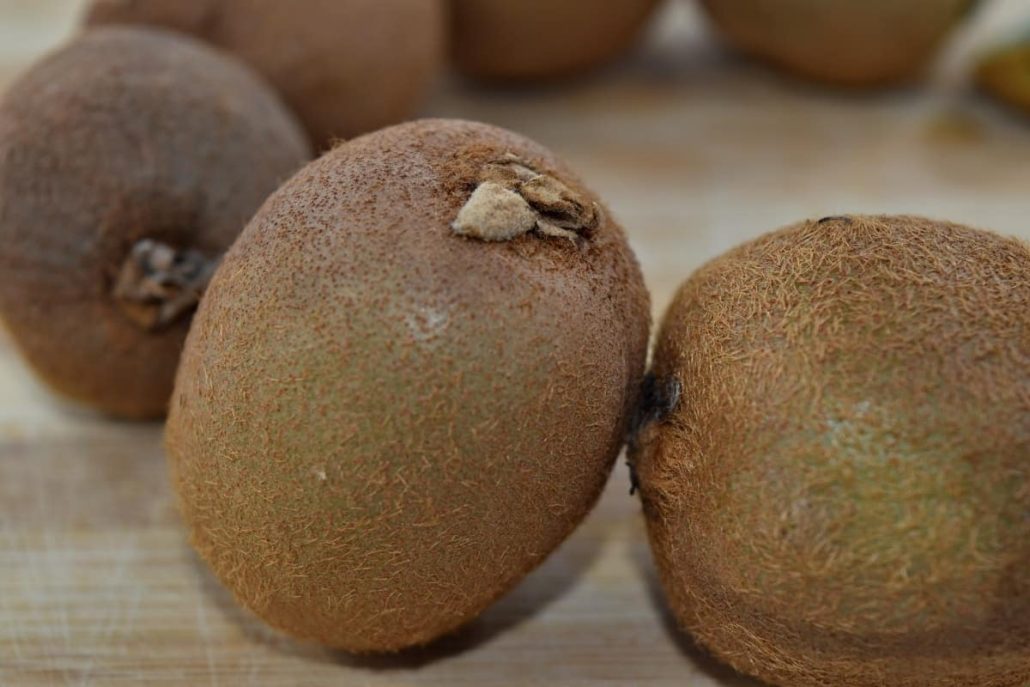
A well-balanced diet provides enough vitamin E for the majority of people
If you have mild to severe Alzheimer’s disease, some research suggests that taking vitamin E supplements can help delay the illness’s progression
Oral vitamin E, on the other hand, may raise the risk of prostate cancer
Supplements can have potentially dangerous side effects, especially in large doses and if you have a history of heart disease or stroke
Side effects and safety: When used in proper doses, oral vitamin E is generally regarded as safe
Taking vitamin E orally can cause the following side effects in rare cases: Nausea Diarrhea Congestion in the intestine Fatigue Headache Vision is hazy Dysfunction of the gonadal glands Creatinine levels in the urine have risen (keratinuria) Higher vitamin E doses may raise the risk of adverse effects
Furthermore, there are worries that taking excessive dosages of vitamin E puts persons in poor condition at danger of death
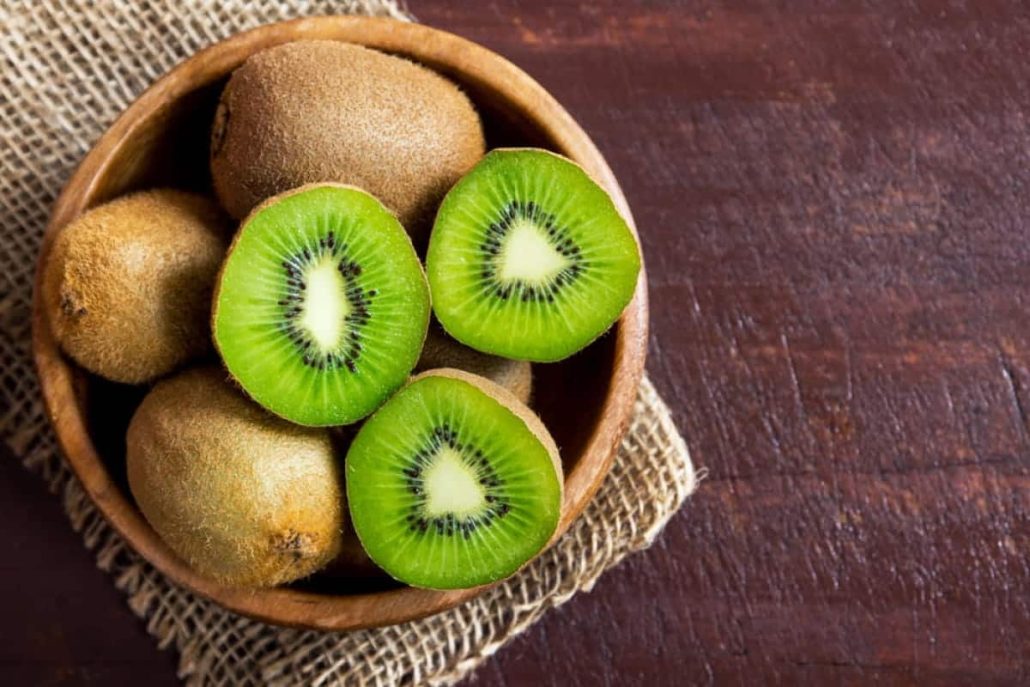
Vitamin E can cause problems in a variety of situations
Oral vitamin E, for example, has been proven in trials to raise the risk of prostate cancer
Other evidence suggests that taking vitamin E may raise the chance of death in persons who have had a heart attack or stroke in the past
If you have any of the following conditions, talk to your doctor before taking vitamin E: Damage to the retina is a condition that affects the eyes (retinitis pigmentosa) Bleeding problems Diabetes A prior heart attack or stroke is a risk factor
Cancer of the head and neck Hepatitis is a disease of the liver
Supplements may make you more prone to bleeding
If you’re about to have surgery, you should cease taking vitamin E two weeks ahead of time
Also, if you are planning to have or have recently had surgery to unblock clogged arteries and restore normal blood flow to your heart muscle, talk to your doctor about taking vitamin E
(angioplasty)
Taking certain drugs can have an impact on your vitamin E levels
Interactions that may occur include: Anti-tumor antibiotics and alkylating agents High doses of vitamin E may interfere with the use of certain chemotherapeutic medicines, according to some experts
Herbs and supplements, as well as anticoagulants and antiplatelet Vitamin E may raise the risk of bleeding if used with these drugs, herbs, or supplements that help with blood coagulation

Substrate for cytochrome P450 3A4 (CYP3A4)
When taking vitamin E or other medicines that influence these enzymes, such as omeprazole, be cautious (Prilosec, Zegerid)
Niacin and statins in those with high cholesterol, using vitamin E with statins or niacin may benefit, but it can also diminish the effects of niacin
Vitamin K is a fat-soluble vitamin
When vitamin E is combined with vitamin K, the benefits of vitamin K may be reduced
Vitamin k in kiwifruit
You should include 13 foods high in vitamin K in your diet
Kiwi fruit is not necessarily the only source of vitamin K
If you’re new to nutrition and health, vitamin K is generally less well-known than vitamins C, A, and B complex
Vitamin K, on the other hand, continues to play a crucial role in the body, namely in blood clotting (clotting) and bone metabolism, as well as cardiovascular function
Deficiency in vitamin K can cause bleeding problems, osteoporosis, and cardiovascular problems
Vitamin K, like vitamins A, D, and E, is a fat-soluble vitamin, which means that when you eat foods high in vitamin K with fat or oil, you’ll absorb more of it
Vitamin K compounds come in two varieties: vitamin K1 phyllo Quinone and a group of menaquinones (collectively known as vitamin K2)
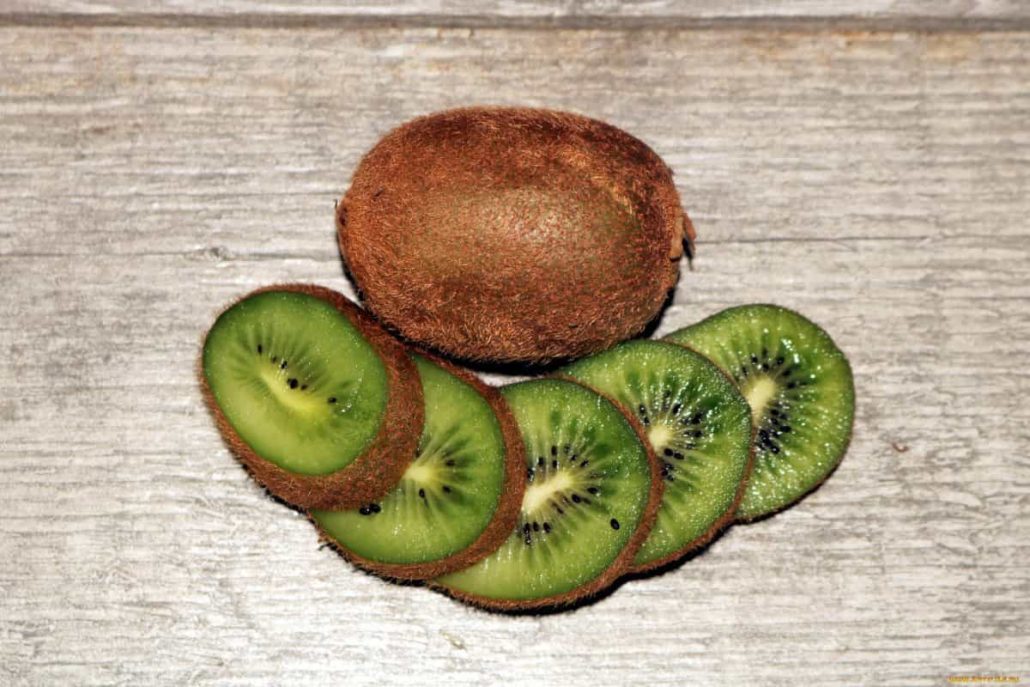
Menacinones are created by bacteria and can be found in fermented foods and some animal foods
Phylloquinones are found primarily in green leafy vegetables, whereas menacinones are produced by bacteria and can be found in fermented foods and certain animal foods
Vitamin K adequate intake (AI) for most adult men is 120 micrograms and 90 micrograms for women
Because blood-thinning medicines like warfarin (coumarin) can efficiently inactivate vitamin K, people taking these drugs may have differing needs
Don’t know where to start when it comes to getting enough vitamin K? Prepare to see a lot of green and plant items on your list of vitamin K-rich foods
Coriander Parsley has the highest concentration of vitamin K of any food
This common plant has up to 820 percent of the daily value in one cup
Salads, sandwiches, burgers, tabouleh, and hummus all benefit from fresh parsley
Cabbage, lettuce, and other leafy greens Green leafy vegetables are one of the best sources of vitamin K in general
A cup of cooked spinach, for example, offers 740 percent of the daily intake
Cabbage is also high in vitamin K, with 544 micrograms in a cup of cooked cruciferous cabbage, more than 4
5 times the daily amount
Cabbage, beets, and turnips all contain more than 450 percent of your daily vitamin K requirements
Even if dark leafy greens aren’t your favourite salad ingredient, they’re worth a try
Lettuce is still a good source of vitamin K
One cup of lettuce butter has 56 micrograms of calcium, which is nearly half of the daily requirement
Even lettuce has a significant quantity
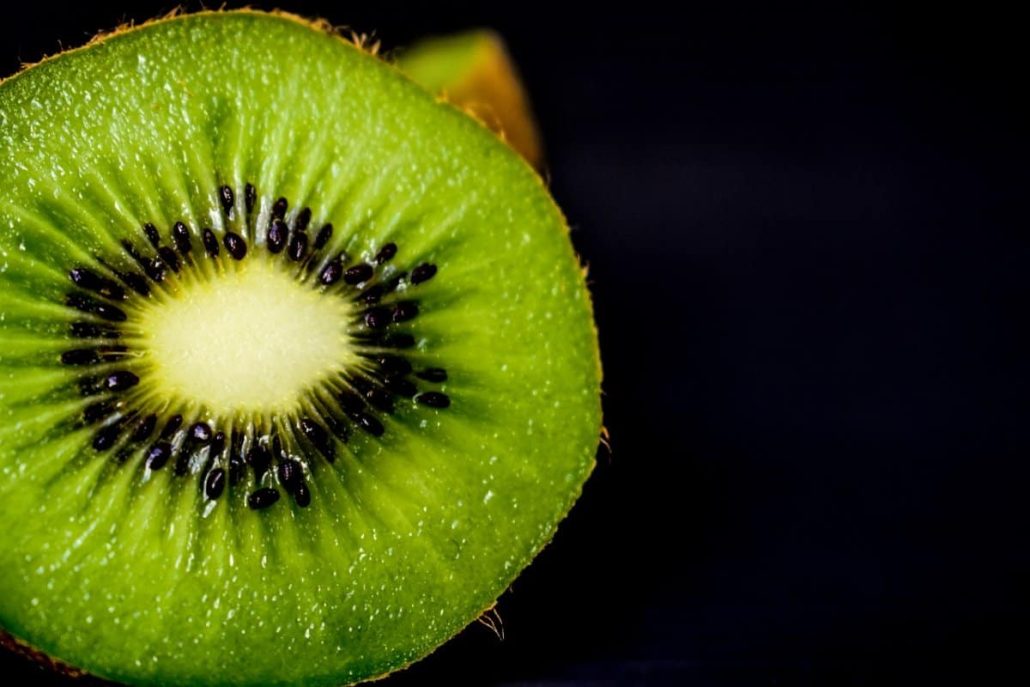
NATO is a trendy, sticky fermented soy food that is popularly used in Japan as a porridge and flavoring
It’s abundant in probiotics, proteins, and antioxidants, and the bacteria that ferment it make it one of the foods with the highest vitamin K2 levels
850 micrograms are found in just three ounces, which is more than seven times the recommended dose
A diet high in NATO has been shown to promote bone health in persons with osteoporosis in studies
It has a lot of calcium and vitamin C, but it also has a lot of vitamin K
220 micrograms are found in one cup of cooked broccoli, over double the daily recommended quantity
Broccoli contains 75 percent of the dietary intake of vitamin K per cup
Brussels sprouts (Brussels sprouts) Brussels sprouts, like broccoli, are a cruciferous vegetable that is high in antioxidants and vitamins C and K
Each cup of cooked Brussels sprouts, for example, contains 107 percent of the daily value for vitamin C and 182 percent of the daily value for vitamin K, or around 219 micrograms
Broccoli is a valuable vegetable because of its fibre content
Cabbage: Green cruciferous veggies have a tendency to have higher vitamin K levels
Cabbage is no exception, with roughly 165 micrograms per cup of cooked cabbage
Or 136 percent of the value on a daily basis
This vitamin K is in the form of phylloquinone (vitamin K1), as it is in other green vegetables, but fermented cabbage also contains vitamin K2, which is produced as a by-product of fermentation by lactic acid bacteria
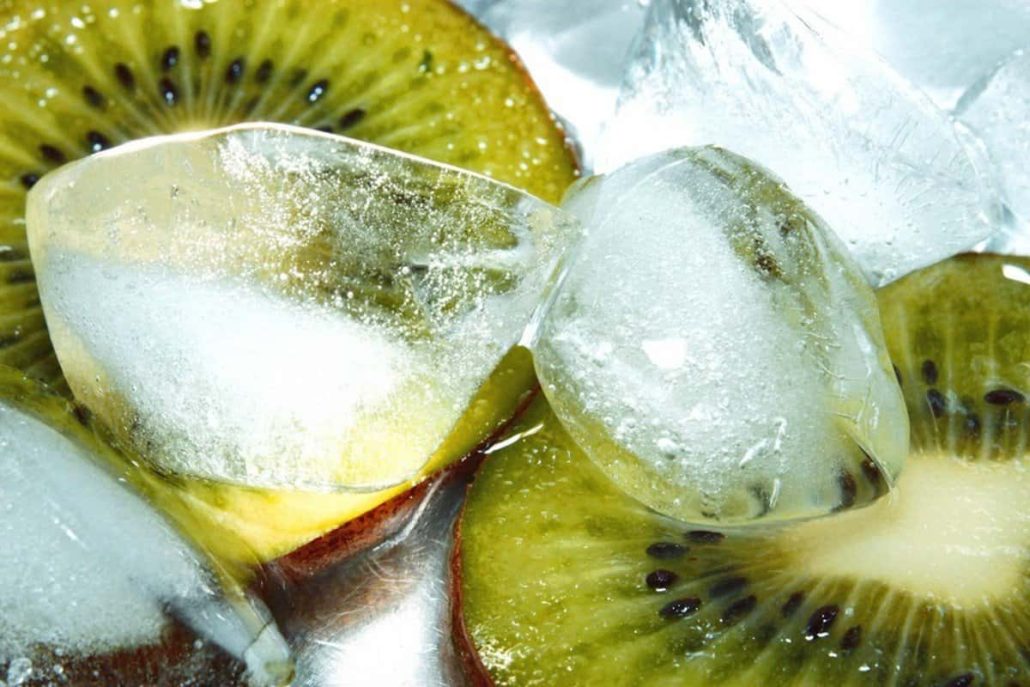
As a result, a tasty sauerkraut salad will offer you a healthy amount of this important ingredient in both forms
Kimchi fermented with veggies: Pickling or fermentation aids in the preparation of pickles or salads like sauerkraut and sauerkraut, as well as enriching them with probiotics, and menacinones also create vitamin K2
One cup of pickles contains 130 micrograms of vitamin K (109 percent of the daily value)
Kimchi is a spicy, salty, and spicy condiment with 65 micrograms of sodium per cup
Okra: Because of its sticky texture, okra can be a polarizing cuisine if not cooked or prepared
In the South, however, it is the most popular vegetable and a good source of vitamin K
64 micrograms are found in one cup of cooked okra, which is slightly more than half of your daily dose
Green beans and green beans are two other green veggies high in vitamin K
Asparagus: Asparagus is a good source of prebiotics, a type of dietary fibre that our bodies can’t digest but that acts as a nutritional elixir for healthy bacteria in the gut
Asparagus also contains a lot of vitamin K, with 91 micrograms per cup, or more than 75% of the daily intake
Continuation… One of the reasons NATO is high in vitamin K is that soybeans, in addition to the bacteria that make vitamin K2 through fermentation, are high in vitamin K
One cup of cooked soy, for example, has 66 micrograms (55 percent DV), whereas one cup of edamame has 41 micrograms
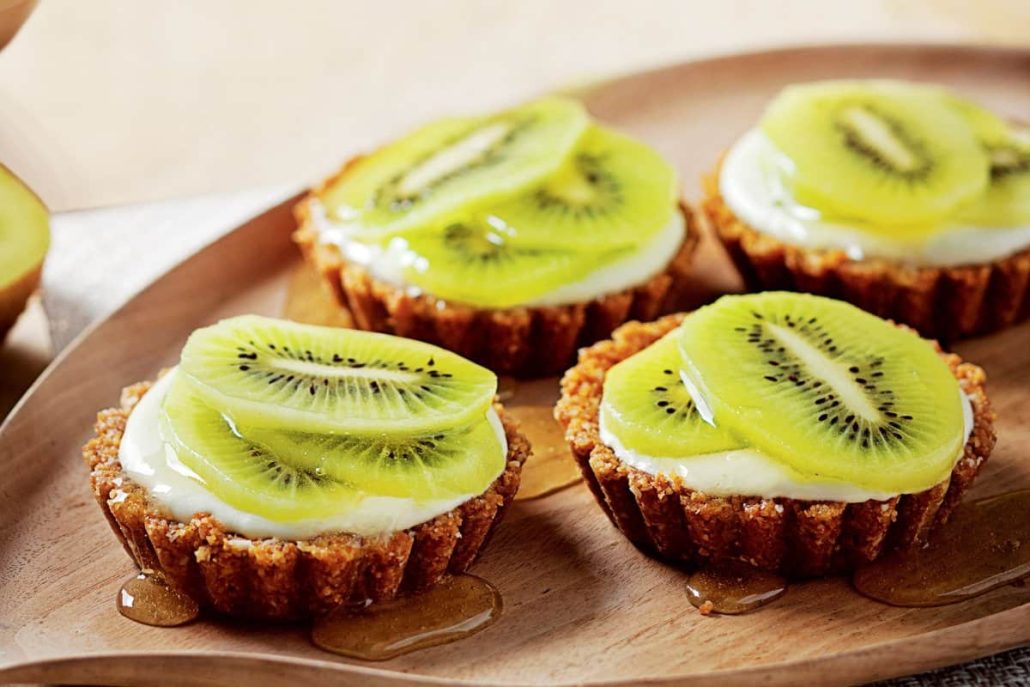
Antioxidants, fiber, and protein are all abundant in these nutritious beans
Fennel: Fennel is a fennel-flavored crispy onion with delicate edible leaves
It’s a popular vegetable in Italian cooking and a key component of a heart-healthy Mediterranean diet
Fennel contains 55 micrograms (46 percent DV) of vitamin K per cup and is a rich source of prebiotic fiber
Sauce made with pesto: Pesto is a basil-basil-olive-oil-basil-basil-olive-oil-basil-basil Parmesan cheese and pine nuts Other herbs, like parsley, can be added
Basil, parsley, and pine nuts are some of the items that are particularly high in vitamin K
Pine nuts have 15 micrograms of vitamin K per ounce
As a result, a quarter cup of pesto includes 95 mg of vitamin K, or around 80% of the daily dose
And finally, Kiwi Vitamin C, vitamin E, and numerous vital minerals are abundant in kiwi dessert
The flesh of the kiwifruit is delicate, the grains are small, and it is edible
It is also high in vitamin K
Each cup contains around 73 micrograms or 60% of the recommended requirement
Avocado, squash, pomegranate, blueberry, and blackberry are all high in vitamin K
Vitamin C in one kiwifruit
There is 64 mg of Vitamin C in one kiwifruit, here in the middle of the 5 Amazing Facts about Vitamin C in Kiwi, review the one you knew and learn the new information
Kiwi Many people chose oranges as their go-to fruit when they need additional vitamin C, but there are many other excellent natural sources of vitamin C
Consider the kiwifruit
Kiwi, also known as Chinese gooseberry, is high in vitamin C and is accessible all year, just like oranges
Read on to learn five intriguing facts regarding the vitamin C concentration of kiwifruit
Golden and green kiwis have varied vitamin C levels
According to the USDA’s National Nutrient Database, one serving of 100 grams of green kiwi (Actinidia deliciosa) has 93 milligrams of vitamin C
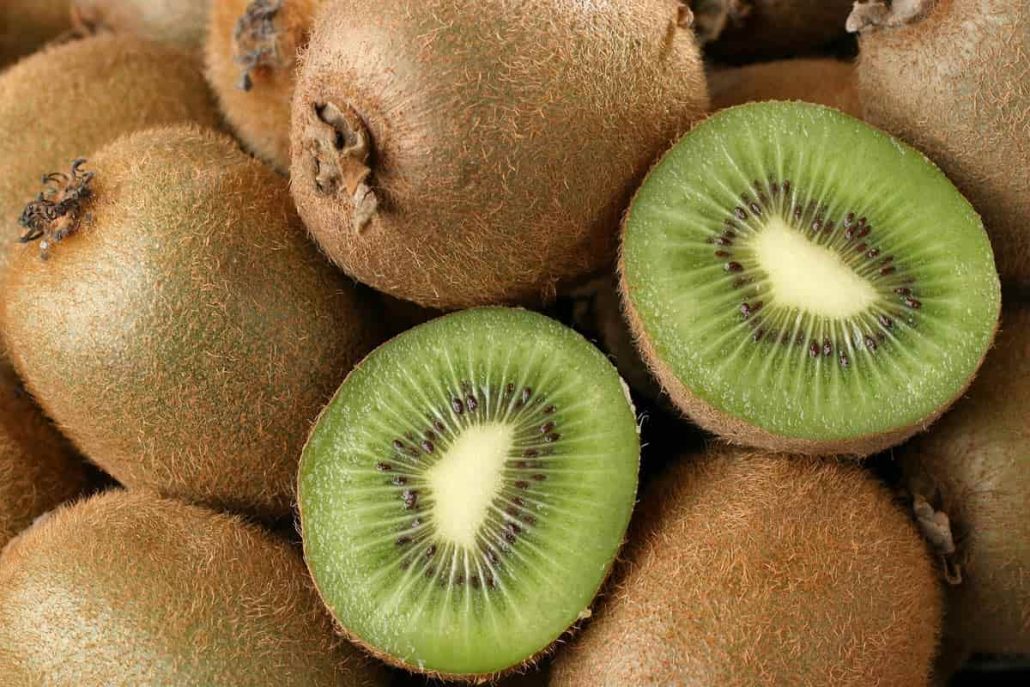
But wait, there’s more: This vital vitamin may be found in greater quantities in golden kiwi (kiwi)
According to the same database, SunGold kiwi, often known as golden yellow meat, contains 161 mg of vitamin C per 100 grams, which is approximately 270 percent of the daily recommended intake! It is worth mentioning, however, that the difference between green and golden kiwi stated by other sources is much smaller
The vitamin C content of kiwis is higher than that of oranges
One thing is certain: you will get a lot of vitamin C whether you eat golden kiwi with yellow meat or plain green kiwi
Ordinary kiwi, according to USDA nutrient content estimates, has nearly twice the content of ordinary kiwi
Vitamin C is frequently cited as the main source of vitamin C, such as fresh oranges
(An orange has exactly 53 milligrams of vitamin C per 100 grams
) However, super-vitamin C-rich foods like sea buckthorn berries, cockatoo plums, camouflage, astrolabe, and fruit cannot be found in kiwis or oranges
Get rid of the baobab trees
Which has a vitamin C content of above 1000 mg per 100 g
Organic kiwis have a high vitamin C content
Organic kiwifruit contains higher vitamin C and phenolic compounds than non-organic kiwifruit, according to a study published in the Journal of Food Science and Agriculture
Given the antioxidant capabilities of both vitamin C and phenolic, it should come as no surprise that the organic kiwifruit examined showed more antioxidant activity (measured by DPPH free radical scavenging capacity)
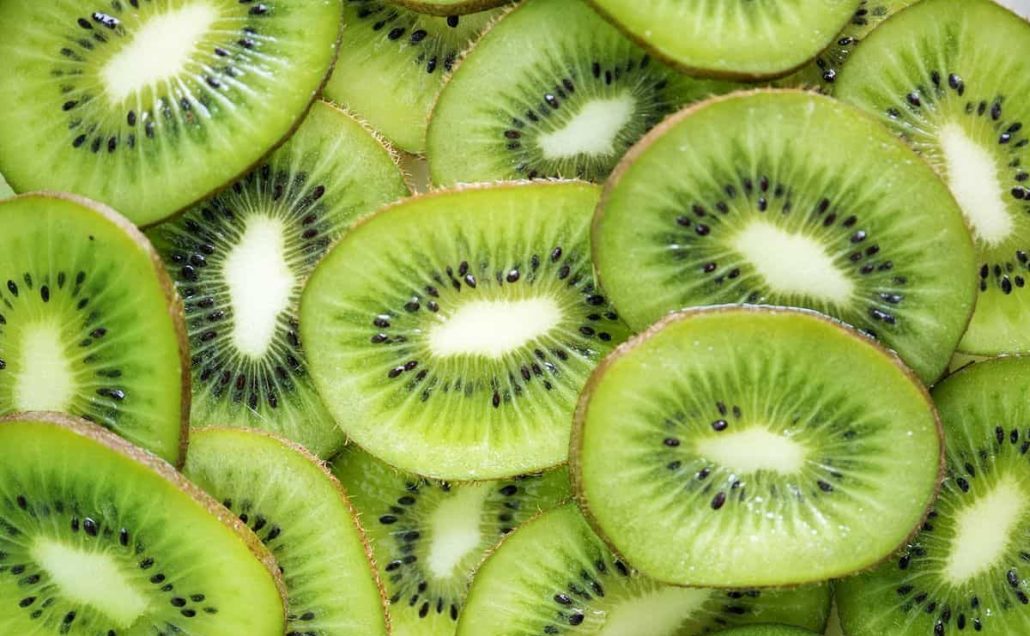
It’s worth noting that organic kiwi includes not just more antioxidants, but also more minerals like calcium and magnesium than non-organic kiwi
Dehydration does not remove the majority of vitamin C in kiwifruit
Another interesting point is that, as long as the drying temperature is not too high, dehydration has little influence on the vitamin C concentration
A study published in the International Journal of Food Research in 2010 came to this conclusion
Researchers dried slices of green and golden kiwi fruit at 140 degrees Fahrenheit, 176 degrees Fahrenheit, and 212 degrees Fahrenheit and discovered that the vitamin C content of Kiwi is considerably reduced only when dried at 212 degrees Fahrenheit
A drying temperature of 130 to 140 degrees Fahrenheit is recommended for most dehydrated kiwis
There are numerous advantages to eating vitamin C-rich foods like kiwi
But why are foods high in vitamin C, such as kiwi, beneficial to your health? Vitamin C, as you may know, aids in the maintenance of a healthy immune system
However, this is not the sole benefit of eating vitamin C-rich foods
Vitamin C is helpful for the skin in addition to promoting a healthy immune system
Improves the body’s ability to absorb iron from diet, blood vessels, and bones
Vitamin C contains antioxidant and antihistamine qualities, and it may be useful in the fight against asthma
Furthermore, a preliminary study suggests that this versatile nutrient may aid fat burning in some circumstances
More research is needed, however, before a firm conclusion can be formed on vitamin C’s possible weight-loss advantages
Why is kiwi fruit an excellent choice for diabetics? Obesity and chronic diseases like diabetes and cardiovascular disease are linked to poor blood sugar regulation
Controlling blood sugar levels is therefore critical for diabetics
Maintain a healthy blood sugar level
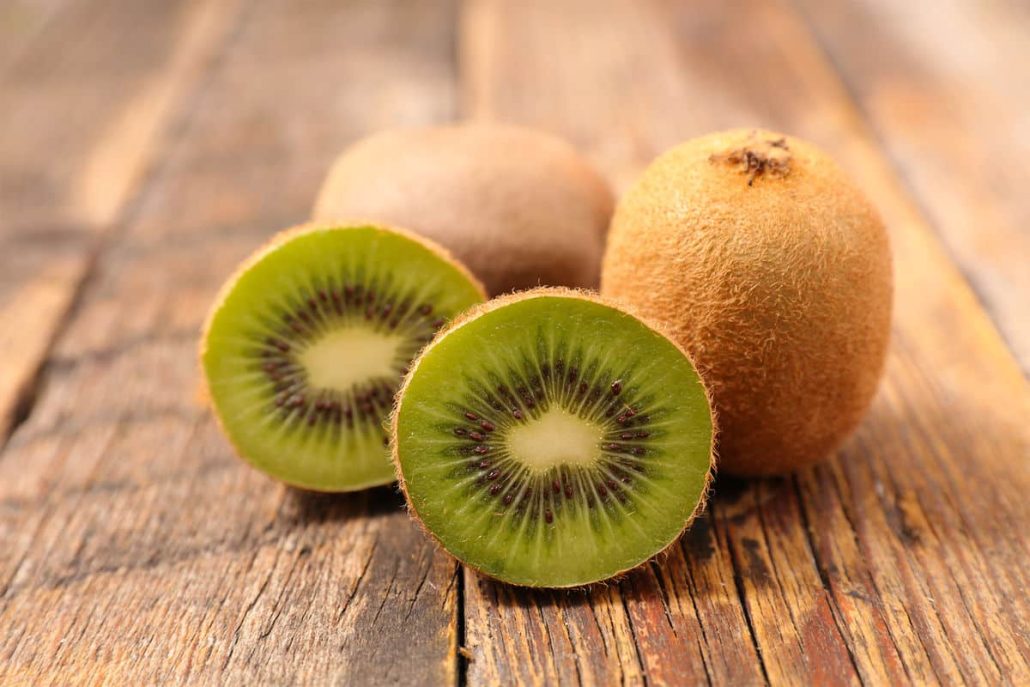
If you have diabetes, you should consult your doctor
You are aware that the amount of carbs you consume has a significant impact on your blood sugar levels, therefore you should eat intelligently
The Glycemic Index (GI) (Internal Relationship to Happiness & Health / Other Health Benefits) assigns a score to carbohydrate-rich foods based on how they affect blood sugar levels: Foods having a high GI (70 or higher) digest and absorb fast, resulting in a rapid spike in blood sugar levels
These foods, such as white bread, donuts, and sugary drinks, should be consumed in moderation
Low-GI foods (those with a GI of 55 or less) take longer to digest, absorb, and metabolize, leading blood sugar levels to rise more slowly
Fresh fruits, vegetables, whole grains, and legumes are examples of these foods (beans, peas, and vegetable lentils), which are more nutritious carbohydrate sources
How the kiwi can help you control your blood sugar? Because most fruits are sweet and contain simple sugars, you might anticipate them to cause a considerable rise in blood sugar (give them a high GI)
This is not the case, however, with high-fiber dried fruits like kiwi
Kiwi can aid blood sugar regulation in two ways:
Kiwi has a low glycemic index
The GI of the Green Kiwi is 39
2, whereas the GI of the SunGold Kiwi is 38
2, putting it in the “low” GI category

This is due to the zephyr kiwi’s high fiber content, which decreases sugar absorption during digestion, which means that glucose is absorbed more slowly by the body and can only enter the bloodstream in little amounts
Kiwis can reduce the rate at which glucose from other foods is absorbed
According to a new scientific study, eating kiwi for breakfast lowers the circulation of breakfast sugar in the blood
3
This is due to the high water retention capacity of kiwi fiber
When consumed, kiwi fiber absorbs water and expands and thickens like a gel
Breakfast gets broken down into smaller bits as it is digested
In the gel, sugar and these travel more slowly
This slows the absorption of sugar into the bloodstream, as well as the supply of energy
The fiber in Green and SunGold kiwis is a natural digestive aid, and studies in the elderly have shown that eating kiwis regularly can help prevent constipation
Kiwifruit glycemic index
Have you ever heard anything about the glycemic index of kiwifruit? If not let me begin my explanation with this question, why is kiwi fruit an excellent choice for diabetics? Obesity and chronic diseases like diabetes and cardiovascular disease are linked to poor blood sugar regulation
Controlling blood sugar levels is therefore critical for diabetics
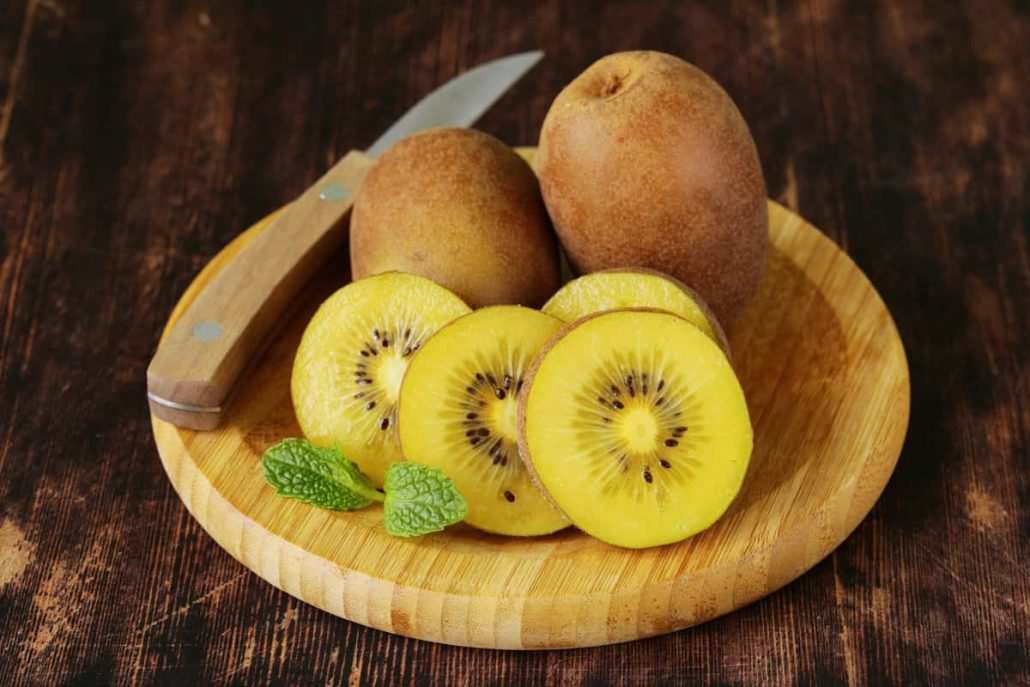
Maintain a healthy blood sugar level, If you have diabetes, you are well aware that the amount of carbs you consume has a significant impact on your blood sugar levels, therefore you must choose your foods carefully
The Glycemic Index (GI) (Internal Relationship to Happiness & Health / Other Health Benefits) assigns a score to carbohydrate-rich foods based on how they affect blood sugar levels: Foods having a high GI (70 or higher) digest and absorb fast, resulting in a rapid spike in blood sugar levels
These foods, which include white bread, doughnuts, and other baked goods, Candy drinks, in particular, should be kept to a minimum
Low-GI foods (those with a GI of 55 or less) take longer to digest, absorb, and metabolize, leading blood sugar levels to rise more slowly
Fresh fruits, vegetables, whole grains, and legumes (beans, peas, and lentils) are all good sources of carbs
How the kiwi can help you control your blood sugar? Because most fruits are sweet and contain simple sugars, you might anticipate them to cause a considerable rise in blood sugar (give them a high GI)
This is not the case, however, with high-fiber fruits like kiwi
Kiwi can aid blood sugar regulation in two ways:
Kiwi has a low glycemic index
The GI of the Green Kiwi is 39
2, on the other hand, The SunGold Kiwi GI is 38
2, which cause them to put it in the “low” GI category
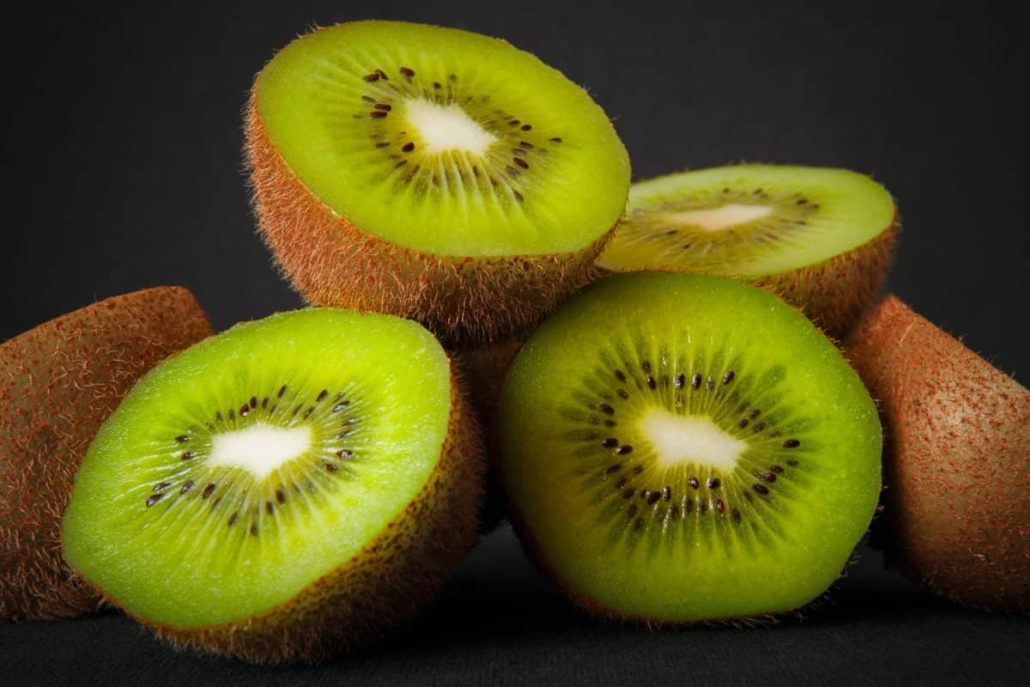
This is because the high fiber content of the kiwi slows the absorption of sugar during digestion, allowing glucose to enter the circulation more slowly
Kiwi can reduce the rate at which glucose from other foods is absorbed
According to a new scientific study, eating kiwi calories for breakfast lowers the circulation of breakfast sugar in the blood
3
This is due to the high water retention capacity of kiwi fiber
When consumed, kiwi fiber absorbs water and expands and thickens like a gel
When you digest your breakfast, it is broken down into smaller pieces Sugar, which go more slowly through the gel
This slows the absorption of sugar into the bloodstream, as well as the supply of energy
The fiber in Green and SunGold kiwis is a natural digestive aid, and studies in the elderly have shown that eating kiwis regularly can help prevent constipation
Omega kiwifruit limited
OMEGA KIWIFRUIT LIMITED network profile is presented briefly below: Generalize OMEGA KIWIFRUIT LIMITED is part of a network that includes 70 additional legal organizations and 80 people
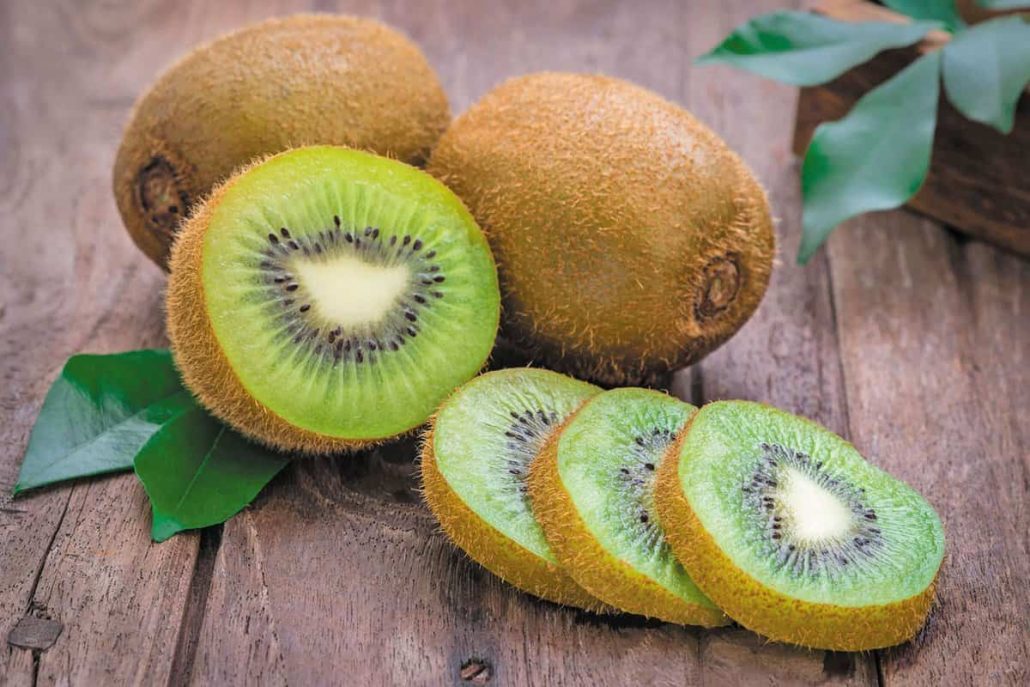
The company has been in operation for 395 months, and the average age of the network’s enterprises is 194 months, making it one of the most respected in the group
Significant stakeholders account for 25%, with GREGORY BRICK accounting for 25% and 24
9 percent, respectively
For further information
The sole proprietor was linked to 36 unregistered international business
This is a national network
This network was modified 4 times in April 2022
Thinking and inverting in the kiwi fruit market will reveal this point for you that all the companies that are active in any field in the kiwifruit industry are perfectly famous, wealthy, and powerful, do not hesitate and I would like to be the first person who welcomes you to this business

